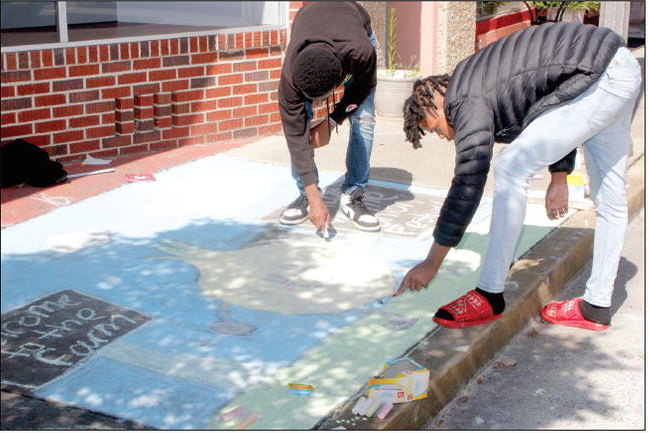In the Short Rows: - Planting Your Fall Garden
In the Short Rows:
By Lauren Stanley Montgomery Co. Agriculture & Natural Resources/4-H Youth Development Agent
Despite the warmerthan- average temperatures outside, fall is right around the corner. With fall comes football games, pumpkin spice, Halloween, and for many, tending to their fall garden. August is the perfect time to get started on that!
The first step to preparing your fall garden is site preparation, which includes performing a routine soil test if you haven’t yet. It is critical that the soil has the correct amount of nutrients and is in the correct pH range (6.2-6.8 for fall crops) to ensure success. Collect soil from several different locations throughout the entire area, mix the samples in a plastic bucket, and take the composite sample to your local extension office. The results of the soil test will indicate the amount of fertilizer needed to reach optimum pH and nutrient levels.
Decide what crops you want to grow, when they need to be planted, and if they should be planted from seed or transplanted as seedlings. To calculate planting dates, determine the first frost date and count back the number of days to maturity, and add around 18 days for harvest of the crop.
Next, till your site to a depth of 5-6 inches and incorporate organic matter, if needed. Add the fertilizers recommended by your soil test results. If planting your crop from seed, plant at the depth recommended on the seed package. If planting using transplants, make sure your transplants are adequately spaced. Larger plants (cabbage, broccoli, cauliflower) should be spaced 1-2 feet apart within the row, and rows should be approximately 3 feet apart. Make sure to water in your seeds and transplants at planting to initiate establishment and decrease the possibility of heat stress. Continue to water daily for the first week. Once established, water plants as needed. Your garden should receive approximately 1-2 inches of irrigation per week. While overhead irrigation is an option, the practice promotes the spread of disease by wetting foliage. Opt for soaker hoses or drip irrigation to decrease your crop’s disease susceptibility and direct water to where its needed most.
Following these tips will help make your fall garden a success. If you have any questions, please reach out to your local UGA Extension office.








